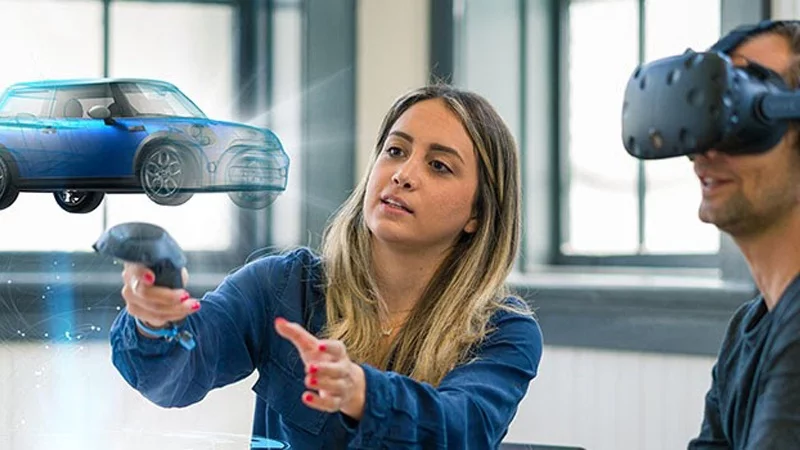Augmented reality and 3D visualization close the gap between browsing and owning. Customers preview furniture in their rooms, test makeup shades, or explore gadgets from every angle. Confidence increases when products behave realistically before purchase. Returns fall as expectations align with reality. Designers craft experiences that load fast and feel intuitive. Simple gestures rotate, zoom, and place objects without tutorials. Lighting and material settings match real‑world behavior to avoid uncanny results. Accessibility remains a priority through captions and alternate descriptions.Content operations determine scalability. Teams maintain PBR materials, consistent naming, and standardized dimensions. Version control ensures models update alongside product changes. Partnerships with vendors accelerate asset creation without sacrificing quality.Marketing integrates AR into the broader funnel. Short demos in social ads hand off to full experiences on product pages. QR codes in stores connect physical displays to digital depth. Post‑purchase instructions teach customers how to get the most from features.Success metrics mirror business outcomes. Track dwell time, add‑to‑cart rates, and return deltas for AR‑enabled items. Survey confidence before and after interaction to quantify impact. Use insights to prioritize which categories deserve 3D next.
AR Try‑Ons and 3D Product Pages: Bridging Online and In‑Store


































